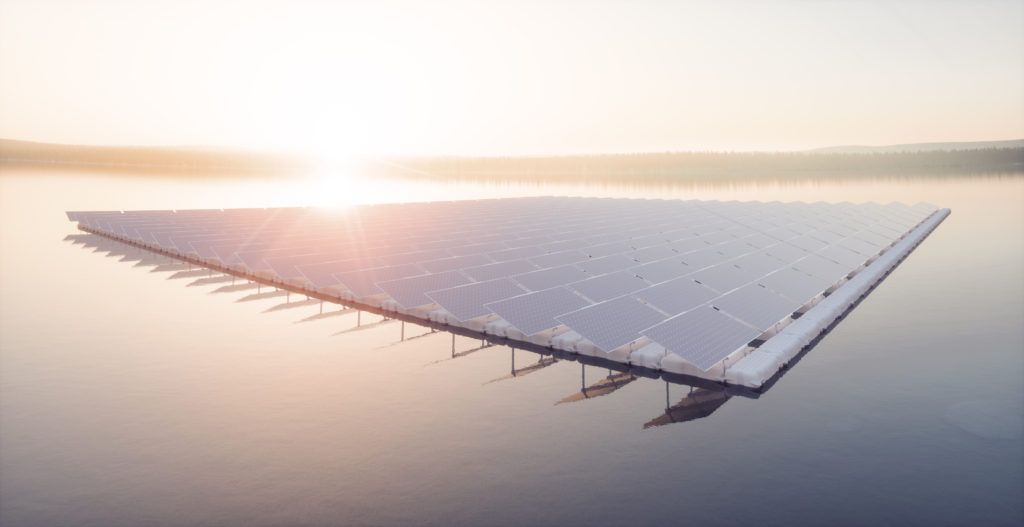
Solar Farms and Renewable Electricity – All You Need To Know
What’s a new crop to add to farm fields? Umm! Let’s add solar panels. Yes, you heard it right! Solar Energy farms are on the latest in the list of renewable energy. It also helps in carbon emissions. The solar farm comes in all shapes and sizes. The small one lit up the local communities while the larger-scale powers thousands of homes and businesses. This is the era of bleeding technology and delicious foods.
Now let’s talk more about solar farms in detail including solar farms’ usefulness, types of solar farms, and Singapore’s advancement in this sector.
What are Solar Energy Farms?
Solar Energy farms are large-scale solar panel installations where photovoltaic (PV) panels, termed solar panels, or other means of collecting solar power. Like concentrating solar systems that accustom to harvest the sun’s power. It absorbs energy from the sun, converts it into electricity, and sends that electricity to the ability grid for distribution and consumption by customers such as you. It is usually fixed to the bottom rather than rooftops and is available all together in shapes and sizes. They’re different than rooftop solar systems and even commercial solar energy systems in a number of important ways.
How Solar Energy Farms are Useful?
Solar Energy farms are called solar parks and green solar energy stations. They operate as power plants, similar to gas stations or other sources of energy generation that have generated electricity for consumers for the last century. As compared to the residential and commercial systems, they’re decentralized and typically include ground-mounted solar panels installed across large areas. In most cases rather than providing power to an area end-user sort of a homeowner or business solar farms provide power to the electrical grid and are a part of the utility’s energy mix.
Different types of Solar Farms
There are two types of solar farms. One is a Utility-scale solar farm and the other is Community solar farm. Utility-scale solar farms are a massive area of land where solar panels stretch to a great extent. Whereas Community Solar farms are basically small-scale solar facility that generates around 5 MW of electricity for local communities of businesses and homes. Some solar projects, like those built to power data centers or other large users of solar energy, have solar farms built purely for uses sometimes onsite, sometimes offsite.
Floating Solar Farms and Singapore
Singapore is now home to 1 of the world’s largest floating solar farms and it’s capable of doubtless offsetting quite 4,000 tonnes of dioxide each year. It involved a complete of 13,312 panels, 40 inverters, and over 30,000 floats, which contact a region about the dimensions of seven football fields. This is roughly like the greenhouse emission emissions from over 900 passenger vehicles a year.
It took nearly a year to line up the solar farm in seawater within the Strait of Johor, off Woodlands, given the restrictions during the Covid-19 lockdown. The 5MW-peak system installation predicts to supply an estimated 6 million kW-hours of energy p.a. It can potentially offset an estimated 4,258 tonnes of greenhouse emission, bringing the country closer to decarbonization.
In land-scarce Singapore, the success of such a sea-based floating system may lead the way for more such projects to tap energy from the sun here and within the region. The solar farm comes with control systems, electrical panels, and a 22-kilovolt transformer. The subsea cable transmits the generated solar power to the main grid. The floating system is meant to face up to changing atmospheric conditions, keeping the platform and every one of the operational equipment onboard steady.
There is also an air-conditioned deck that doubles up as a visitor center and viewing gallery. The project was tougher in comparison with other land-based or rooftop installations because of the unpredictable nature of the open sea; the requirement to avoid shipping routes and therefore the presence of barnacles. Mooring installation and system design were a necessity for marine expertise.
There were many noted challenges in this solar energy farm project. Like it has to subsume tidal currents, waves adding to the picture, biofouling. Biofouling means the build-up of unnecessary micro-organisms such as algae and plants on the surface which causes degradation. This type of issue is rapidly present in tropical waters. In addition to the mechanical anchoring considerations, electrical systems also must have the design to transmit power to the shore.
This solar energy farm project might be a near-shore installation. Nonetheless, the experience of building such seawater solar energy farms at a large scale serves as invaluable to undertake the installation process in remote ocean areas. That might not be possible for shipping and recreation. For Singapore to satisfy the ambitions for renewables deployment, and for the worldwide efforts to achieve carbon neutrality within the upcoming decades; such solutions that reach the chance to extend the solar output would have great international demand
The Covid-19 lockdown across the globe put an extra huddle over the remaining. As the foreign worker hired by Singapore’s contractor couldn’t leave their dormitories. A key part of protecting the earth from heating involves shifting from the utilization of fossil fuels to renewable energy. Singapore commits to reducing carbon emission intensity by 36 percent from 2005 levels by 2030. And therefore the country’s high levels of solar exposure make alternative energy a viable option.

